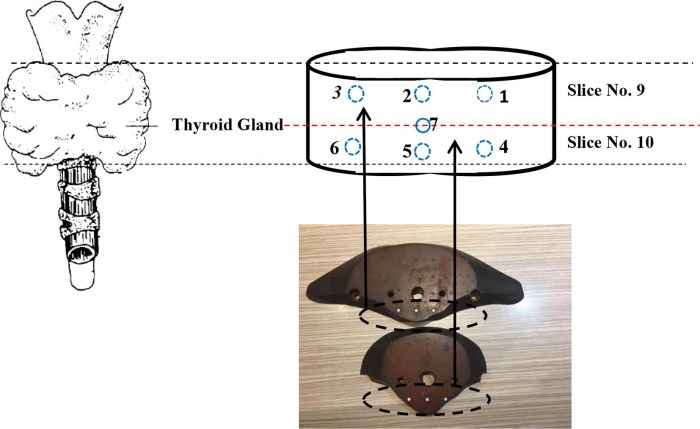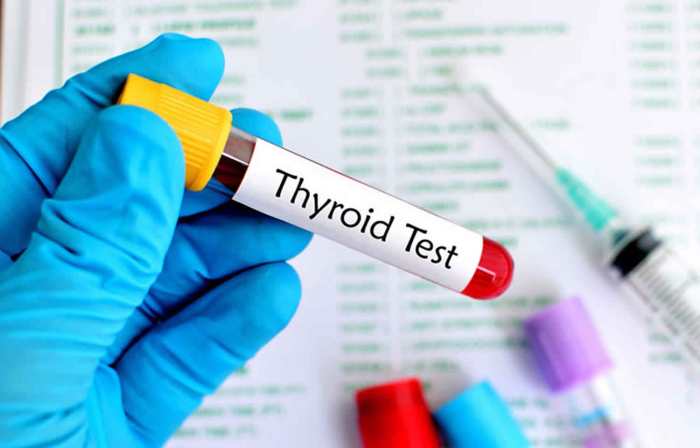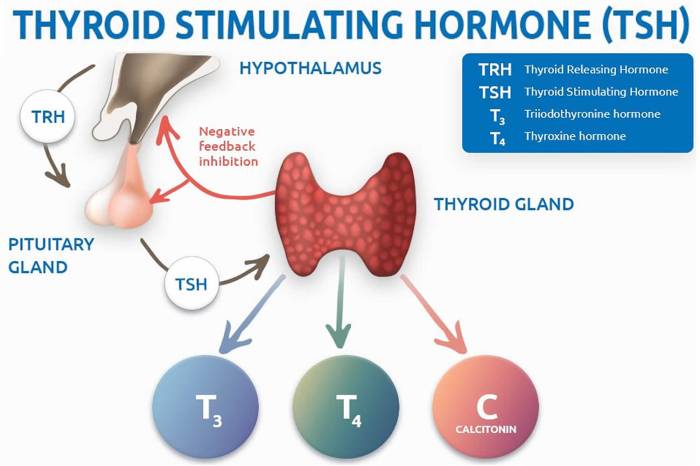Exophthalmometry is a test that measures pancreatic function – Exophthalmometry, a specialized test, provides valuable insights into pancreatic function, offering healthcare professionals a crucial tool for diagnosing and monitoring various pancreatic disorders. This comprehensive guide delves into the principles, applications, techniques, and interpretation of exophthalmometry, empowering readers with a thorough understanding of this essential diagnostic tool.
Exophthalmometry plays a pivotal role in assessing thyroid eye disease, a condition characterized by bulging eyes. Its ability to quantify the degree of protrusion aids in monitoring disease progression and evaluating treatment efficacy. Additionally, exophthalmometry finds application in diagnosing and managing other ocular conditions, including Graves’ disease, providing valuable insights into the underlying pathophysiology.
Exophthalmometry Overview: Exophthalmometry Is A Test That Measures Pancreatic Function

Exophthalmometry is a non-invasive test that measures the degree of protrusion of the eyeballs from the face. It is used to diagnose and monitor thyroid eye disease, also known as Graves’ ophthalmopathy, a condition that affects the muscles and tissues around the eyes.
The test is performed using an exophthalmometer, a device that consists of a graduated scale and a pair of calipers. The calipers are placed on the lateral orbital rim, and the scale is used to measure the distance between the rim and the cornea, the clear outer layer of the eye.
Clinical Applications
Exophthalmometry is primarily used to diagnose and monitor thyroid eye disease. In this condition, the muscles and tissues around the eyes become inflamed and swollen, which can cause the eyes to bulge forward.
The test can also be used to assess other ocular conditions, such as Graves’ disease, which is an autoimmune disorder that affects the thyroid gland. Graves’ disease can cause a variety of symptoms, including exophthalmos, or bulging eyes.
Measurement Techniques, Exophthalmometry is a test that measures pancreatic function
There are two main measurement techniques used in exophthalmometry: the Hertel exophthalmometer and the Naugle exophthalmometer.
- Hertel exophthalmometer:This device consists of a graduated scale and a pair of calipers. The calipers are placed on the lateral orbital rim, and the scale is used to measure the distance between the rim and the cornea.
- Naugle exophthalmometer:This device consists of a graduated scale and a pair of mirrors. The mirrors are placed on the lateral orbital rim, and the scale is used to measure the distance between the mirrors and the cornea.
Interpretation of Results
The normal range of exophthalmometry values is 12-20 mm. Values above 20 mm are considered abnormal and may indicate thyroid eye disease or other ocular conditions.
The interpretation of exophthalmometry results should be done in conjunction with other clinical findings, such as the patient’s symptoms and medical history.
Limitations and Considerations
Exophthalmometry is a simple and non-invasive test, but it has some limitations. The test can be affected by factors such as the patient’s age, sex, and ethnicity.
It is important to note that exophthalmometry is not a diagnostic test for thyroid eye disease. The test can only be used to measure the degree of exophthalmos, and it cannot be used to determine the underlying cause of the condition.
Essential Questionnaire
What is the principle behind exophthalmometry?
Exophthalmometry utilizes the principle of reflection to measure the distance between the cornea and the lateral orbital rim, providing an indirect assessment of pancreatic function.
How accurate is exophthalmometry?
Exophthalmometry is a highly accurate and reliable test, with minimal inter-observer variability. It provides precise measurements of exophthalmos, enabling clinicians to track changes over time and assess disease progression.
What are the limitations of exophthalmometry?
Exophthalmometry may be affected by factors such as eyelid edema, ptosis, and facial asymmetry. Additionally, it requires proper patient positioning and technique to ensure accurate measurements.


